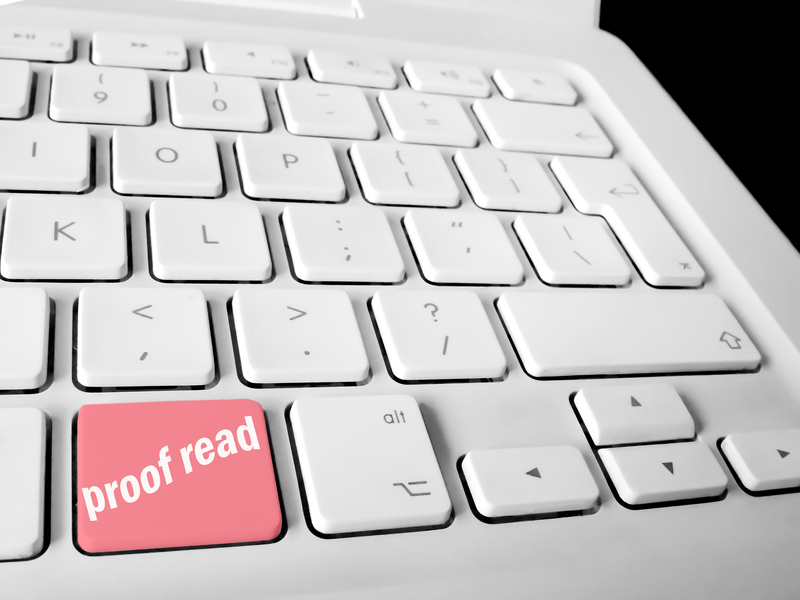Sustainable Solutions for Packaging and Cardboard Disposal Challenges
In an era defined by increasing environmental consciousness, the need for sustainable solutions to packaging and cardboard disposal challenges is more urgent than ever. With global e-commerce trends on a steep rise and consumer demands driving up the reliance on packaging materials, it's crucial to tackle the environmental impact of cardboard waste. This comprehensive guide explores innovative methods, eco-friendly alternatives, and strategic practices for businesses and consumers keen on making responsible choices.
Understanding Packaging and Cardboard Waste: The Modern Dilemma
Every year, millions of tons of packaging materials are discarded globally, with cardboard making up more than 30% of all municipal solid waste related to packaging. The widespread use of cardboard and corrugated fiberboard in shipping and storage has many advantages--lightweight, sturdy, and recyclable--but also poses significant disposal challenges.
- Excessive consumption: The surge in online shopping equates to more packaging, much of which is single-use.
- Inadequate recycling systems: Not all regions have robust recycling infrastructure, resulting in increased landfill waste.
- Resource depletion: The production of cardboard uses substantial water and energy resources, contributing to deforestation and greenhouse gas emissions.

Why Sustainable Packaging Solutions Matter
The environmental footprint of packaging--and the disposal process--cannot be understated. Sustainable packaging practices offer the opportunity to reduce waste, conserve resources, and support a circular economy. Solutions that mitigate cardboard disposal challenges have the potential to decrease landfill loads, lower carbon emissions, and fulfill both environmental regulations and growing consumer expectations.
Key Environmental Concerns in Packaging Disposal
- Landfill Overload: Cardboard that isn't recycled ends up in landfills, where it decomposes and emits methane, a potent greenhouse gas.
- Contamination: Food-soiled packaging and mixed-materials can disrupt recycling streams, reducing efficiency.
- Downcycling: Recycled cardboard often becomes a lower quality material, which may eventually end up as waste after several cycles.
Innovative Eco-Friendly Packaging Alternatives
One of the most effective ways to address sustainable packaging and cardboard disposal challenges is to replace traditional materials with environmentally friendly options. Here are some forward-thinking alternatives gaining traction:
1. Biodegradable Packaging
- Compostable cardboards made with water-based adhesives and plant-derived inks break down naturally, minimizing landfill impact.
- Mushroom packaging uses mycelium as a binding agent to create sturdy, compostable packing forms that return to nature within weeks.
- Bagasse (sugarcane fiber) is molded for packaging that is both durable and biodegradable, a popular solution in the food industry.
2. Recycled and Upcycled Cardboard
- Encouraging the use of post-consumer recycled cardboard reduces new resource use and closes the recycling loop.
- Innovative brands turn old corrugated boxes into creative new products, from furniture to construction materials.
- Recycling programs with closed-loop systems ensure materials are reused rather than disposed of.
3. Minimalistic and Reusable Packaging
- Right-sizing packaging minimizes waste and lowers shipping emissions.
- Reusable packaging systems, such as tote boxes or returnable crates, significantly reduce single-use cardboard needs.
- Edible packaging for select products, such as food wraps, is an emerging trend set to disrupt traditional packaging models.
Sustainable Disposal: The Cardboard Recycling Process
Recycling is a cornerstone of responsible packaging disposal. However, maximizing the benefits requires public awareness of efficient cardboard recycling methods. Here's how the process works:
- Cardboard is collected and sorted at material recovery facilities (MRFs).
- Contaminants--like food residues or plastic tapes--are removed to prevent recycling process inefficiencies.
- The cardboard is shredded, pulped, and mixed with water to break down fibers.
- Pulp is cleaned and formed into new paper products or packaging materials, looping the material back into the product chain.
Addressing Common Cardboard Recycling Challenges
- Contamination: Greasy pizza boxes or wet cardboard aren't recyclable and may compromise the whole batch of materials.
- Separation of materials: Packaging that combines cardboard with plastics or metals is harder to process efficiently.
- Consumer awareness: Not everyone knows what can and cannot go into recycling bins. Education is key.
Corporate Responsibility: How Businesses Drive Sustainable Packaging & Disposal
Organizations play a pivotal role in reducing packaging waste and leading the way with sustainable packaging solutions. By adopting eco-friendly strategies, companies can improve their environmental impact and boost their brand reputation.
Sustainable Strategies for Businesses:
- Design for recyclability: Create packaging that is simple, uses fewer mixed materials, and is easy to separate for recycling.
- Supplier collaboration: Work with vendors who provide recycled or compostable packaging options.
- Internal recycling programs: Organize dedicated collection points for cardboard and educate employees about proper disposal.
- Consumer education: Provide clear recycling instructions directly on product packaging, using icons or QR codes.
- Innovation investment: Support the research and adoption of new packaging technologies, such as water-activated tape or minimal ink printing.
Consumer Role: Making Sustainable Choices at Home
While government regulations and corporate initiatives are essential, individual responsibility is equally vital. With a growing selection of green packaging, consumers can support eco-friendly packaging solutions in various ways.
Simple Steps for Sustainable Packaging Disposal at Home:
- Flatten boxes before recycling to save space and simplify processing.
- Remove plastic tape, labels, and any non-paper inserts.
- Compost biodegradable packaging at home or in community programs if available.
- Reuse boxes for storage, shipping, crafts, or gifting before recycling.
- Support brands using recycled, recyclable, or compostable packaging by making conscious purchasing decisions.
Government Regulation and Policy: The Bigger Picture
Policymakers worldwide are increasingly addressing cardboard packaging disposal challenges through legislative and regulatory frameworks. These efforts are critical in shaping market trends, driving innovation, and encouraging environmental stewardship throughout the supply chain.
Examples of Policy Initiatives:
- Extended Producer Responsibility (EPR): These laws require manufacturers to ensure their products and packaging are collected, treated, and recycled after use.
- Landfill bans: Some jurisdictions prohibit the disposal of recyclable cardboards in landfills, ensuring materials are repurposed.
- Public awareness campaigns: Government-funded programs educate citizens on best disposal practices and provide access to recycling infrastructure.
- Incentives for recycling: Tax breaks, grants, or rebates for businesses investing in sustainable packaging or recycling technologies.
The Future of Sustainable Packaging and Cardboard Disposal
The journey towards responsible packaging use and eco-friendly cardboard disposal is ongoing. Advancements in material science, data analytics for waste management, and circular economy models are shaping a more efficient, sustainable future.
Emerging Innovations
- Smart packaging: Technology-enabled solutions that allow tracking, sorting, and more efficient recycling of materials.
- Nanotechnology in packaging: Enhanced strength and barrier properties in thinner, lighter packaging that reduces waste and resource input.
- Chemical recycling: Breaks down complex packaging blends that were previously unrecyclable, returning materials to a usable form.

Challenges to Overcome
- Consumer education: Continuous efforts are needed to promote better recycling and disposal practices at all levels.
- Cost barriers: Eco-friendly materials can be more expensive; scaling up adoption is key to price reduction.
- Infrastructure gaps: Adequate and accessible recycling and composting facilities remain a challenge in many communities.
Conclusion: Towards a Circular Economy for Packaging
Embracing sustainable solutions for packaging and cardboard disposal challenges is essential for a healthier planet and a more resilient economy. By adopting innovative materials, participating in responsible disposal practices, and supporting progressive policies, both businesses and consumers can drastically reduce the environmental impact of packaging waste.
With ongoing research, collaboration, and an emphasis on consumer education, the future of eco-friendly packaging looks promising. By making informed choices today, we pave the way for a sustainable tomorrow--one cardboard box at a time.